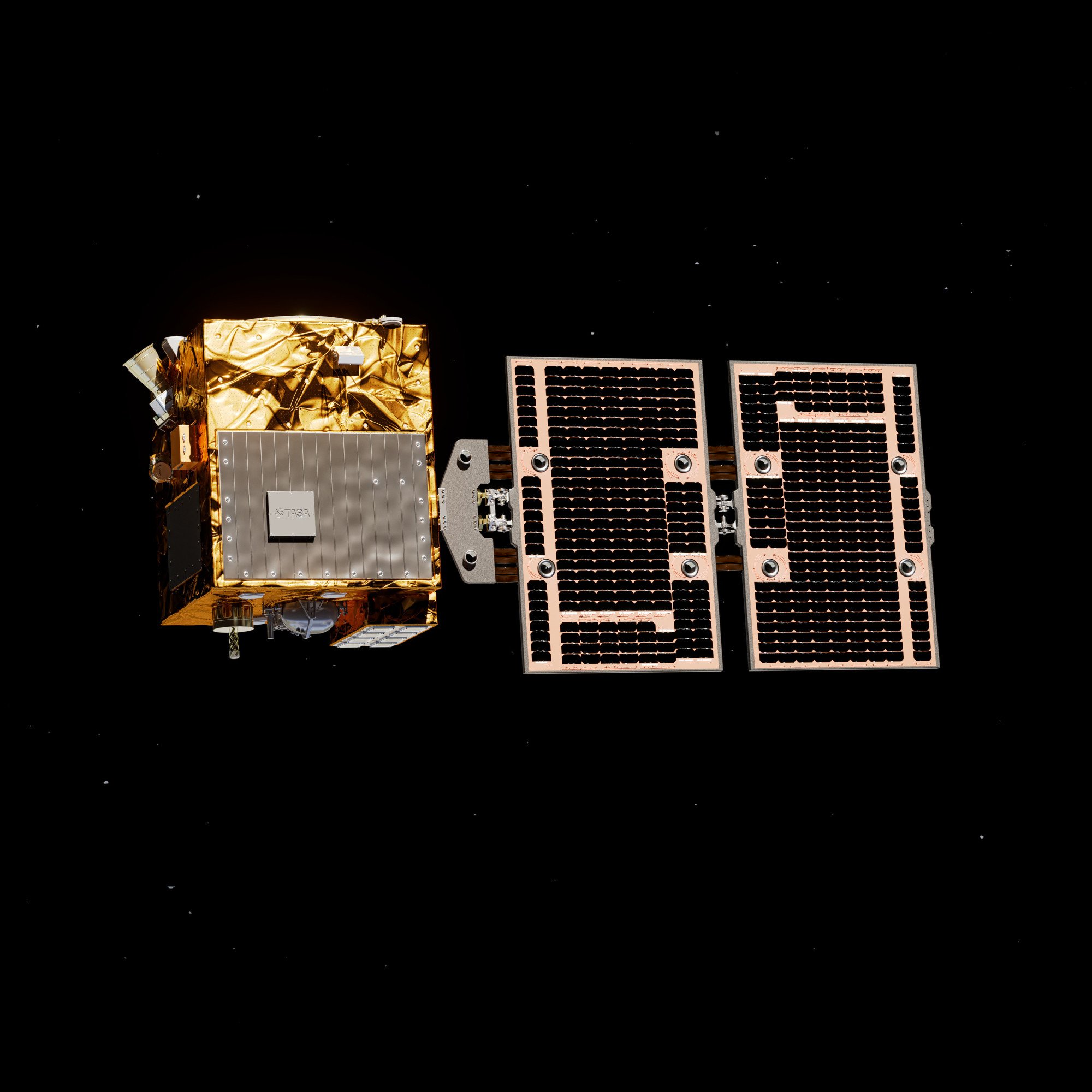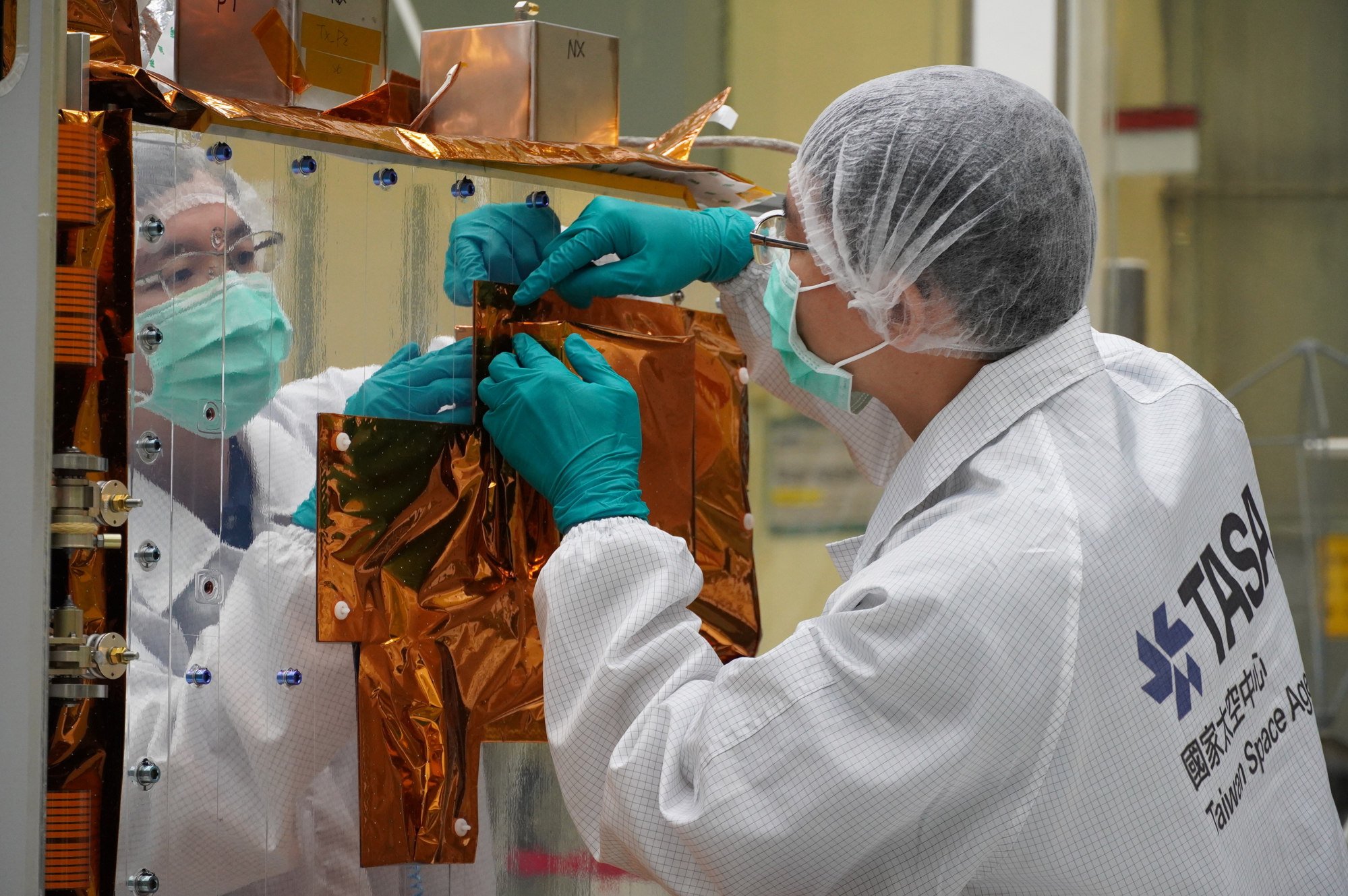“The mission was successful … and Triton is expected to pass over Taiwan for the first time about 680 minutes after it entered orbit,” Wu Jong-shinn, director general of the Taiwan Space Agency, said on Monday.

The satellite, which is also known as Wind Hunter, lifted off from a launch site in French Guiana, carried by the Vega C – Arianespace’s new-generation vehicle for small- to medium-sized satellite payloads. It is travelling in a low-Earth orbit at an altitude of 550km to 650km.
The launch had been planned for Saturday but was called off 14 seconds before ignition due to concerns over certain monitoring data, Wu said. It was then cleared and rescheduled for Sunday evening.
Taiwan is hit by typhoons every year and Wu said the satellite would be able to help weather forecasters accurately predict the intensity of a storm by tracking wind speeds through the data it gathers.
Taiwan ramps up backup satellite network plans in island defence strategy
Taiwan ramps up backup satellite network plans in island defence strategy
He said the satellite used an advanced technology developed by the island’s space agency and local scientists known as Global Navigation Satellite System-Reflectometry. The system measures ocean wind speed through reflections from the sea surface, and Taiwan is one of the few places in the world using such technology, according to Wu.
“Triton will work with the six meteorological satellites we currently have in low-Earth orbit to provide us with more precise weather forecasts of typhoon paths and heavy rainfall,” Wu said.
More than 80 per cent of the new satellite’s technology was developed by Taiwan, something Wu said showed the island’s “dedication to pushing the boundaries of space exploration”. He said the “groundbreaking” navigation system would provide “substantial support for Taiwan becoming a player in the global space supply chain”.

But he said while it was a milestone, Taiwan lagged behind on space development. He gave the example of South Korea, which began its programme in the early 1990s and now has a budget four to five times bigger than Taiwan’s. The island’s space development programme stands at NT$5.5 billion (US$171.1 million) for this year.
Wu said Taiwan’s focus was satellites rather than rockets, and the island was seeking to make significant progress in this area in the next three to five years.
Wu Shih-huai, a lawmaker with the main opposition Kuomintang party, said the government had failed to provide adequate funding for the space agency and scientists to develop the programme.
While Triton is the island’s first weather satellite, it is the second probe to be made in Taiwan. The first was an Earth observation satellite called FormoSat-5, which was launched in 2017 by a SpaceX Falcon 9 rocket. The satellite was designed to capture colour and monochrome images and measure plasma in the Earth’s ionosphere
The Taiwanese launch comes two months after Beijing launched its latest weather satellite, the Fengyun-3F, from the Gobi Desert.
The satellite, launched by a Long March 4C rocket, is equipped with advanced technology and replaced the Fengyun-3C, which had been operating for nearly a decade, according to the China National Space Administration. Beijing has launched 22 of the weather satellites since 1988.


